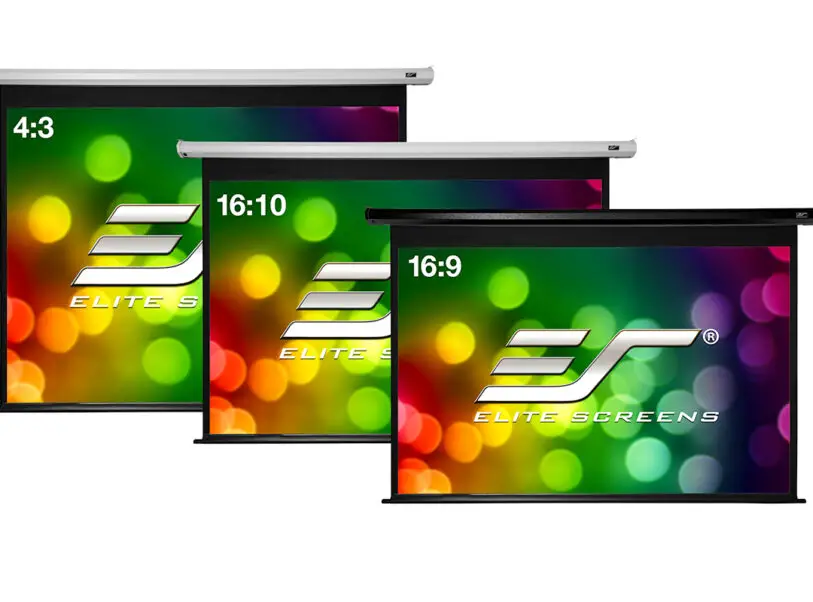Although the newest televisions are becoming increasingly impressive, nothing beats watching a new film, a live sporting event, or your favorite box set on a projector, which provides you with a hundred-plus inch of high-definition brilliance. However, you will require a dedicated screen, but how do you make the right choice when there are so many? Here's a quick rundown of what you need to know in projector displays as well as what you should think about if you plan to go ahead with it.
The first thing to think about is the aspect ratio. This will mainly depend on the type of content you want to watch. The 16×9 Screen aspect ratio is quickly becoming the industry norm for a wide range of content, including television shows, sports, and video games. However, if all you want to do is watch movies, a big screen will be the better option. Before purchasing, make the process hassle-free by knowing exactly what you want.
Next, the diagonal size is essential to consider when shopping for a projector screen. The most common sizes for home cinema are between 100 and 120 inches. From the top left corner to the bottom right corner, this calculation is taken diagonally. This size range is ideal for most rooms and is large enough to provide a practical cinematic experience. It is important to take note of the height and width of your space before placing your screen. Remember to place the screen at eye level. If your room does not allow you to watch from a comfortable distance, do not go too big. If you were watching a live tennis match, you would not want to have to turn your head every time the ball goes to a different side of the court.
Finally, yet important, the screen material and color are significant considerations to remember. Before you decide to project onto a wall, know that it will not have the same quality as a dedicated screen due to imperfections or visible paint.
Gain is a calculation of the screen's reflectivity that is used on all displays in the industry. When it comes to most home cinemas, the recommendation is to go with a matte white finish. It will reflect light to the viewer from the widest possible angle while still ensuring that the colors are correct and bright.
To purchase a 16×9 Screen be sure to search the web, compare prices, and look at different manufacturers. This will help you determine the best affordable product.







